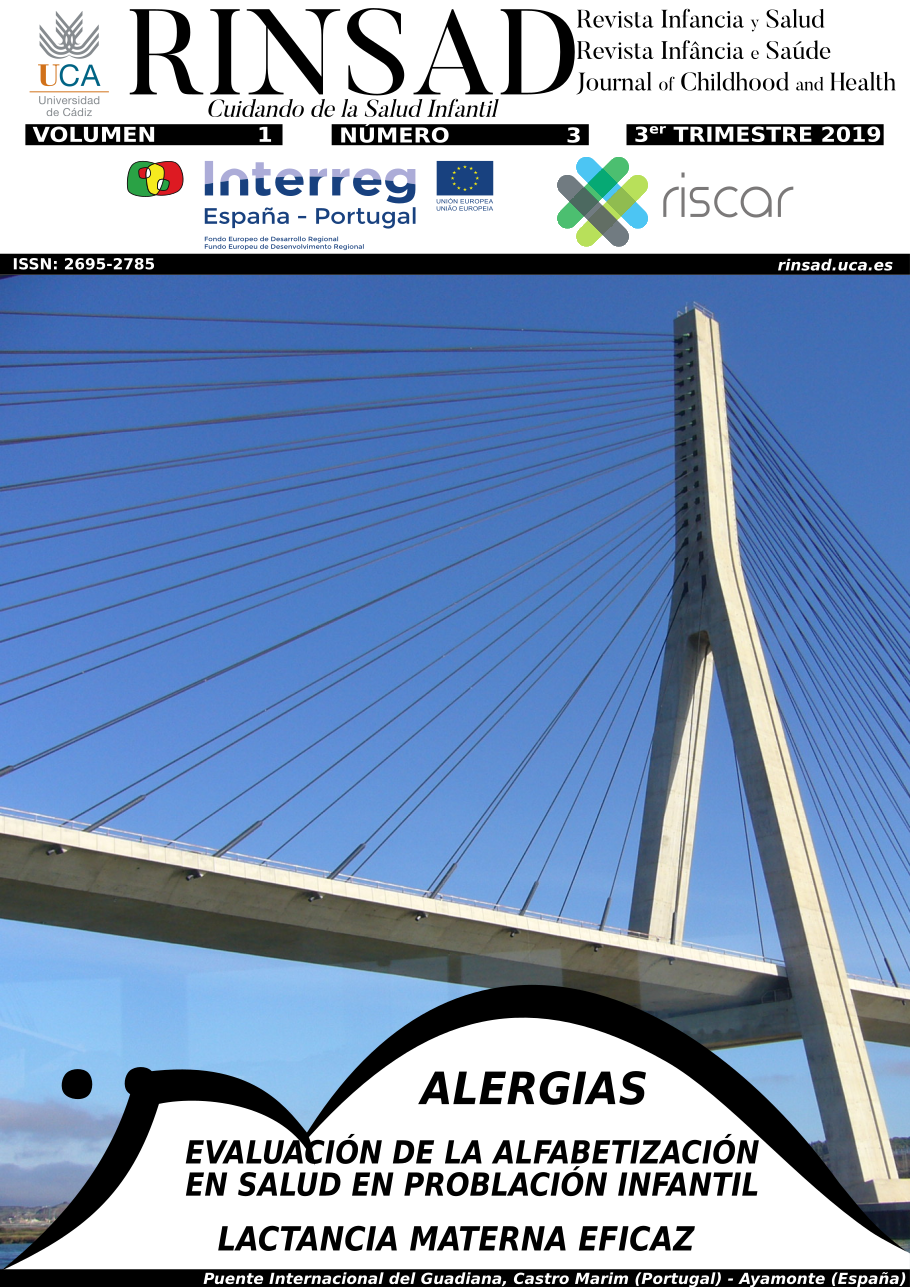Resumen
Existen diferentes reacciones adversas a los alimentos. Las reacciones alérgicas deben distinguirse de las reacciones tóxicas y de las reacciones no toxicas, sin mediación inmunitaria. La alergia alimentaria se divide en dos grupos: la alergia alimentaria mediada por IgE en la que se produce una clínica inmediata al contacto con el alérgeno y la la alergia alimentaria no mediada por IgE, en la que los síntomas son más tardíos e insidiosos.
La mayoría de los casos de alergia alimentaria se desarrollan en los primeros dos años de edad, siendo el pico del 8% a la edad de un año. Los principales alimentos causales en los niños son la leche, el huevo y el pescado.
La base del diagnóstico en alergia es la historia clínica en la que se debe registrar sintomatología sospechosa de alergia: urticaria, asma, dermatitis atópica, anafilaxia… seguida de las pruebas complementarias in vivo (prick test, provocación, dieta de eliminación) e in vitro: determinación de IgE específica y diagnóstico molecular. Las opciones terapéuticas se basan en la dieta de eliminación del alimento causal. Tras el diagnóstico se debe seguir al paciente hasta comprobar la adquisición natural de tolerancia al alimento y si esta no se consigue, se ha de iniciar un tratamiento de hiposensibilización como son la inmunoterapia oral específica.
No se debe olvidar que el paciente con alergia alimentaria puede sensibilizarse a otros alimentos. En los niños alérgicos a la leche hay que establecer un plan la introducción de la alimentación sólida de manera progresiva y se debe vigilar la aparición de sintomatología alérgica.
Para el seguimiento óptimo de un niño con alergia alimentaria se requiere la colaboración del pediatra y del alergólogo y llegar a la etiología correcta con las técnicas diagnósticas válidas.

Esta obra está bajo licencia internacional Creative Commons Reconocimiento-NoComercial-CompartirIgual 4.0.

